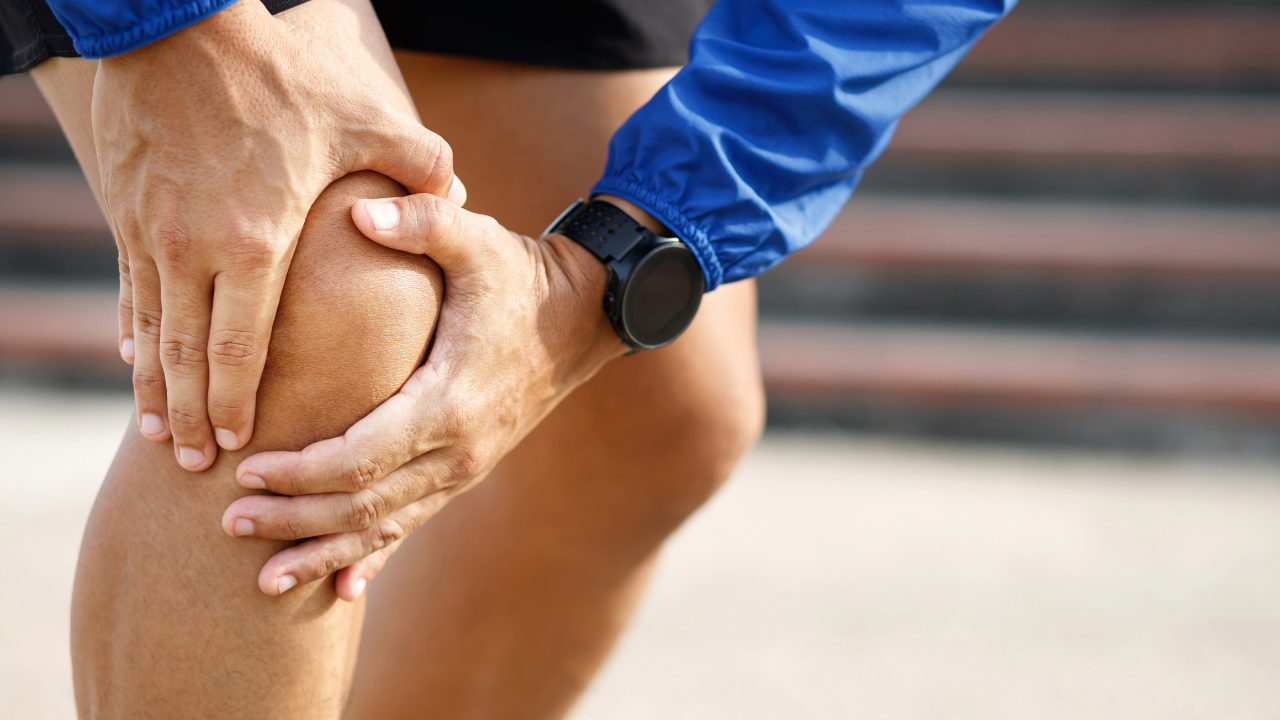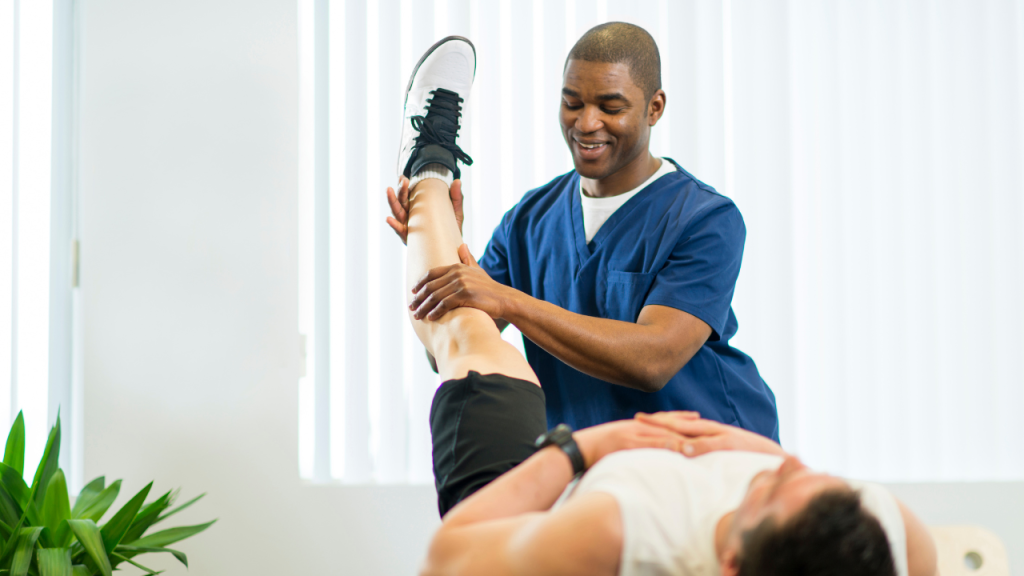
If you’ve ever felt that dull ache or sharp stab in your knee while walking, climbing stairs, or just moving around, you’re not alone. Knee pain is one of the most common complaints people bring to their doctors and therapists. But the good news is, physical therapy offers a powerful way to ease that discomfort, restore your mobility, and get you back to doing the things you love—without relying solely on medication or surgery.
When it comes to knee pain, the journey toward relief often begins with understanding what’s happening inside your knee joint and how your body moves. The knee is a complex hinge joint, made up of bones, ligaments, tendons, cartilage, and muscles. When any of these parts are injured, inflamed, or deteriorated, it can lead to pain and limited function. Physical therapy isn’t just about exercise; it’s a targeted, personalized process designed to tackle these underlying issues, promote healing, and improve the way your knee moves.
Understanding Your Knee Pain
Before jumping into treatment, it’s crucial to understand why your knee hurts. Knee pain can stem from many causes—arthritis, ligament injuries like ACL tears, meniscus tears, bursitis, tendonitis, or even muscle imbalances. Sometimes, the problem might not even be in the knee itself; it could be due to how you walk or weakness in your hips and legs putting extra strain on your knees.
This is where the expertise of physical therapists really shines. They don’t just treat symptoms; they look at your entire movement pattern. They assess your posture, muscle strength, flexibility, and how your knee reacts to different activities. This detailed analysis helps pinpoint the root cause of your pain, which is the first step toward a truly effective therapy plan.
The Role of Physical Therapy in Knee Pain Management
Physical therapy focuses on restoring function and reducing pain by improving strength, flexibility, and joint stability. Rather than masking pain with pills, therapy aims to fix the mechanical problems that cause the discomfort. This approach not only alleviates pain but also prevents future injuries.
One of the key benefits of physical therapy is personalized care. Therapists tailor exercises and treatment strategies specifically for you, based on your pain level, lifestyle, and goals. For example, someone recovering from knee surgery might focus on regaining full range of motion and rebuilding strength, while a person with arthritis may work on gentle strengthening and mobility exercises to ease stiffness.
Physical therapy isn’t a quick fix, but it’s a lasting one. Through consistent guided exercises, you gradually rebuild muscle support around the knee, improve joint mechanics, and regain confidence in your movements. Many patients notice improved balance and coordination, which reduces the risk of falls or re-injury.
How Movement Can Heal
It might sound counterintuitive to move a painful knee, but controlled, therapeutic movement is essential for healing. When you stay still for too long, the muscles weaken, the joint stiffens, and the pain can worsen. Physical therapy encourages movement in a safe, structured way that promotes blood flow, nourishes joint tissues, and reduces inflammation.
Therapists often use manual therapy techniques—such as gentle stretching, mobilizations, and massage—to complement exercises. These hands-on methods help decrease pain, improve circulation, and increase flexibility. Combined with strengthening exercises, they create a comprehensive treatment that addresses both symptoms and root causes.
A big part of physical therapy also involves educating patients about proper body mechanics. Learning how to move correctly when walking, bending, or lifting helps protect the knee and distribute forces more evenly. This knowledge empowers patients to take control of their recovery and daily life activities.
Breaking Down the Physical Therapy Process
Your physical therapy journey usually starts with a thorough evaluation. The therapist takes your history, understands your pain patterns, and examines how your knee and related muscles perform. This initial step ensures the therapy is not one-size-fits-all but precisely aligned with your needs.
From there, therapy sessions might include a combination of strengthening exercises for muscles like the quadriceps, hamstrings, and calves—key players in knee stability. Stretching tight muscles around the hip and thigh can also relieve knee stress. Balance and proprioception exercises are often included, helping your body better sense its position and respond to changes, which is vital for knee joint protection.
For some, physical therapy includes modalities such as ultrasound or electrical stimulation, designed to reduce inflammation and promote healing. These tools can offer additional relief alongside exercise.
Therapists work closely with patients to gradually increase intensity and complexity of exercises, ensuring progress without aggravating the knee. The goal is always to return you to your desired activity level—whether that’s walking your dog, playing sports, or simply moving without pain.

Real-Life Impact: Mobility and Quality of Life
One of the most rewarding aspects of physical therapy is witnessing patients regain their mobility and independence. Knee pain can make everyday tasks feel daunting. Climbing stairs, standing from a chair, or even walking around the block might seem impossible when pain flares.
Physical therapy addresses these challenges head-on. By rebuilding strength and improving joint function, therapy helps you move more freely and with less pain. It’s not just about the knee; it’s about your whole life.
Many patients report feeling more confident after therapy, as they learn how to protect their knees and maintain progress at home. This confidence translates to better participation in work, hobbies, and social activities—transforming how they experience their world.
The Thrive Physical Therapy Approach: Personalized, Patient-Centered Care
At Thrive Physical Therapy, the focus is on a fresh, patient-centered approach to knee pain. They understand that each person’s pain story is unique and that therapy should reflect that. The team combines evidence-based techniques with compassionate care to ensure you’re not just a number, but a partner in your healing journey.
Their therapists take the time to educate patients about their condition and treatment options. This open communication builds trust and encourages active participation, which is critical for success. Through hands-on treatment, personalized exercise plans, and ongoing support, Thrive Physical Therapy empowers you to regain mobility and improve your quality of life.
Moving Beyond Pain: Long-Term Knee Health
Physical therapy doesn’t just stop when the pain subsides. A critical aspect of therapy is teaching patients how to maintain knee health over time. This includes ongoing exercise routines to keep muscles strong and flexible, advice on footwear and activity modifications, and strategies to prevent future injury.
By addressing movement habits and strengthening supporting muscles, physical therapy helps create a knee that can withstand daily demands and stay healthy for years to come. This proactive approach reduces the risk of recurring pain and the need for invasive treatments.
Suggested Reading: How Long Does Elbow Pain Therapy Take to Provide Relief?
Conclusion
Knee pain can feel overwhelming, affecting your ability to enjoy life’s simple pleasures. But physical therapy offers hope and healing through a personalized, holistic approach that targets the root causes of pain. By improving strength, flexibility, and joint mechanics, therapy not only reduces discomfort but restores your mobility and independence.
Choosing the right physical therapy provider can make all the difference. Thrive Physical Therapy stands out by combining expert knowledge with genuine care, ensuring your treatment plan fits your unique needs and lifestyle. Their dedication to patient education, hands-on techniques, and customized exercise programs gives you the tools to overcome knee pain and thrive.
If knee pain is holding you back, don’t wait to explore physical therapy. Visit https://thriveptclinic.com/ to learn how their team can help you move with confidence again. Your knees—and your future self—will thank you.

